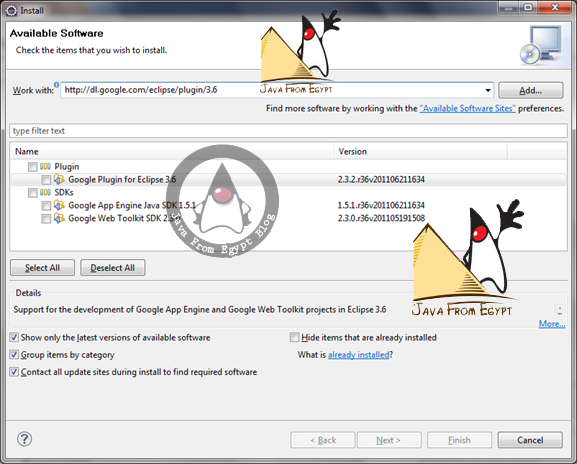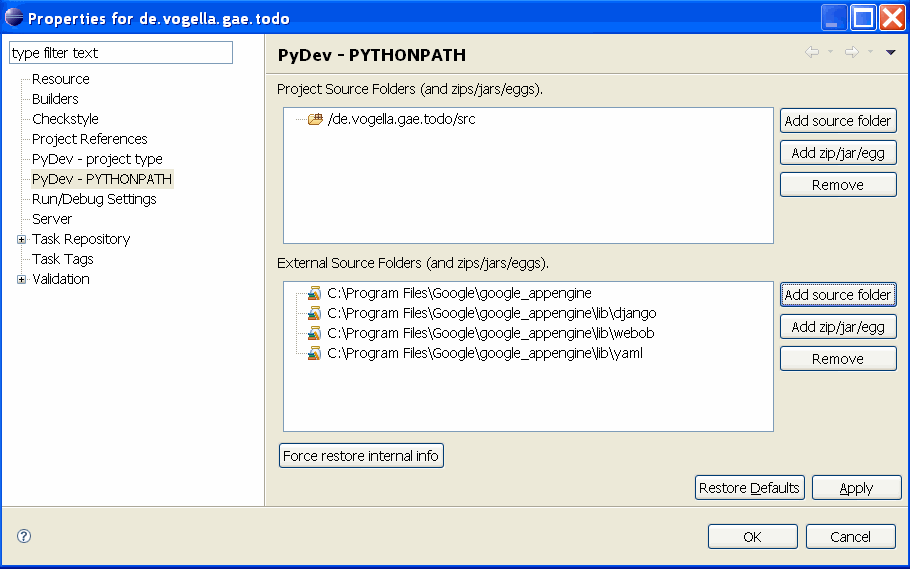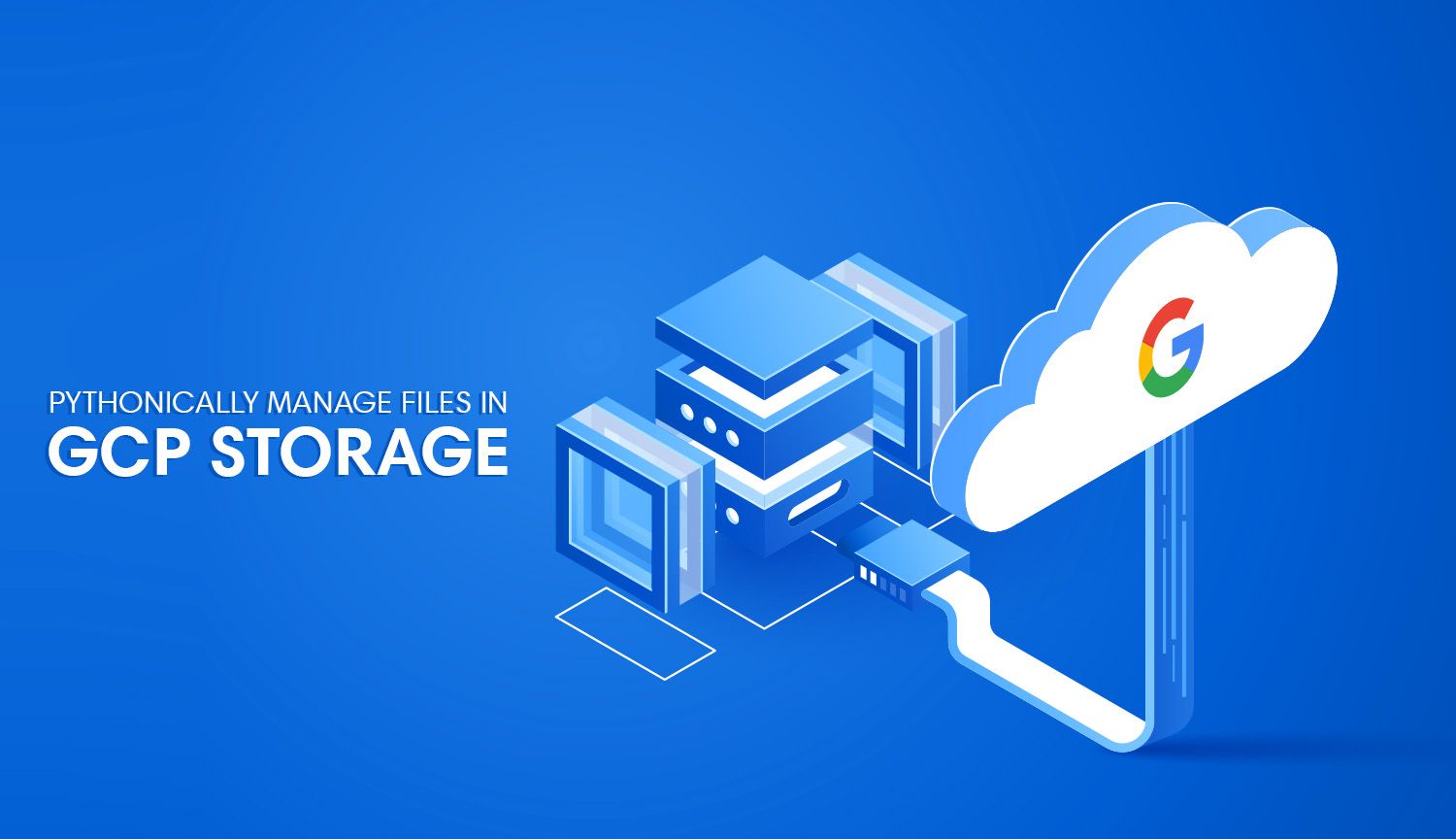
- #GOOGLE APP ENGINE SDK TUTORIAL HOW TO#
- #GOOGLE APP ENGINE SDK TUTORIAL INSTALL#
- #GOOGLE APP ENGINE SDK TUTORIAL CODE#
- #GOOGLE APP ENGINE SDK TUTORIAL DOWNLOAD#
- #GOOGLE APP ENGINE SDK TUTORIAL FREE#
Note: Alternatively, you can use the ID from an existing project in the Google Developers Console if you want to use it for this project.Ĭhange to a directory where you want to build your project and invoke Maven as follows:

Make a note of the project ID, since you'll need to supply it as the application ID in the next step. Supply the project name Guestbook and accept the project ID that is auto-generated for you.Visit Google Developers Console in your web browser, and click Create Project.You'll need a an application ID (project ID) in order to deploy your app to production App Engine. As an alternative to Maven, you could instead use Eclipse via the Google Plugin For Eclipse or you could use Apache Ant. The App Engine Maven artifact is what creates the project layout and files required to deploy and run on App Engine.Īfter project creation, you'll need to configure the new project, as described in Configuring the project.įor more on using Maven with App Engine, see the Using Apache Maven Guide. To create a new project, you'll need to use an App Engine-provided Maven App Engine artifact called appengine-skeleton-archetype, as described in Creating the project. Important: The instructions in this tutorial assume that you are using a terminal on your local machine and running a browser on that same machine to test against the local development server. Note: After you complete the tutorial, you can learn more about the App Engine Maven plugin capabilities by visiting App Engine Maven plugin goals. You'll also use Maven to test your app locally and upload (deploy) it to production App Engine.
#GOOGLE APP ENGINE SDK TUTORIAL DOWNLOAD#
When you use Maven, you don't need to download the Google App Engine SDK.
#GOOGLE APP ENGINE SDK TUTORIAL INSTALL#
If Maven isn't installed on your machine, you can download Maven from the Apache Maven website, and install it using the Apache Maven instructions. This command should display a long string of information beginning with something like Apache Maven 3.1.0. If you are a bash userįor a typical Linux installation, add a line similar to the following to your. If you don't have Java, follow these instructions to download the Java Development Kit (JDK) for Java version 7: Note: You might be able to use Java 8 if you use the Java 7 flags as follows: -source 1.7 -target 1.7 Downloading Java

We recommend using Java 7, preferably the Enterprise Edition. To complete this tutorial, you'll need the proper versions of Java and Maven.
#GOOGLE APP ENGINE SDK TUTORIAL HOW TO#
In this tutorial, you will learn how to do the following: If you would prefer to use Python, Go or PHP to build your applications, see the Python, Go or PHP guides. Google App Engine applications can be written in the Java, Python, Go or PHP programming languages.
#GOOGLE APP ENGINE SDK TUTORIAL FREE#
And it's free to start: upload your app and share it with users right away, at no charge and with no commitment required. In the dashboard, at the top right, you’ll see a link to your app.Welcome to Google App Engine! Creating an App Engine application is easy, and only takes a few minutes. Once deployed, you should be able to visit the App Engine Dashboard where you can see your app’s analysis. When a prompt comes up, just type “y” so it continues the deployment process. In case you’ve never used vim or simply forgot: i (to insert text) (ctr+v to paste above code) (esc key to exit insert mode) :wq! (to save and exit file) touch app.yaml vim app.yamlĪnd add the following to its content: runtime: nodejs12 handlers: # Serve all static files with url ending with a file extension - url: /(.*\.+)$ static_files: build/\1 upload: build/(.*\.+)$ # Catch all handler to index.html - url: /.* static_files: build/index.html upload: build/index.html That’s all the App Engine will need to run our app. By the end of this step, the only things left should be the “build” folder and “app.yaml”.


In the same folder where we have our “build” folder, create a new file named app.yaml. Get rid of everything else, except for the build folder. Delete every thing else besides the build folder This creates a folder named “build” in our root directory. To do this, simply go into your app’s root folder (where your “src” folder is), cd cd Īnd type the following command: npm i npm run build
#GOOGLE APP ENGINE SDK TUTORIAL CODE#
Once your shell is open, it’s time to bring our app’s source code into the cloud. Click on this symbol to Activate the Cloud Shell


 0 kommentar(er)
0 kommentar(er)
